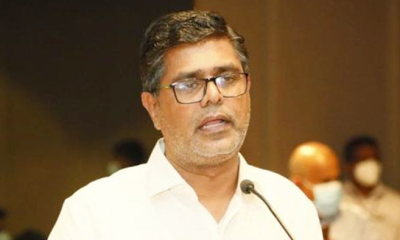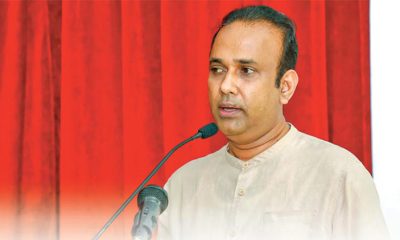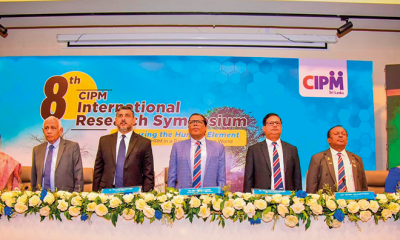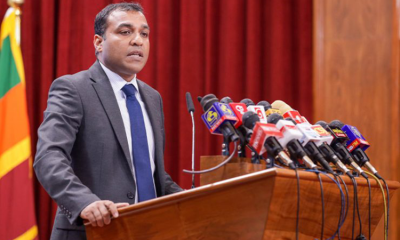Sports
Inaugural Test, Arjuna’s memoirs
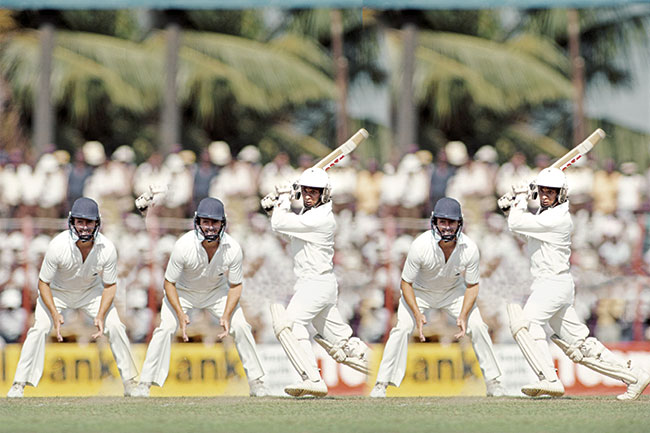
by Rex Clementine
When the England cricket team landed in Colombo in February 1982 for Sri Lanka’s maiden Test match, Ian Botham was their biggest star. Just six months prior to that, Botham had become the cynosure of all eyes when he played a couple of stunning knocks to secure the Ashes as England snatched victory from the jaws of defeat. So much so, the 1981 Ashes is known as ‘Botham’s Ashes’. This week marks the 40th anniversary of Sri Lanka’s inaugural Test match and Arjuna Ranatunga recalled with us memories of the nation’s greatest moment in sports since Duncan White’s Olympic medal.
“The first ball I remember, I attempted to hook. I was late on the shot and in no time it was in the wicketkeeper’s gloves. Botham was the big star, but Bob Willis was really quick. I was telling myself I had never faced anything quick like this before. You start even wondering whether you are good to compete at this level,” Ranatunga recalled.
Fair enough. After all, Arjuna was a schoolboy. He was 18. It must have been quite a thing to walk in to bat when your side is 34 for four. All the big boys, Roy Dias, Duleep Mendis, Sidath Wettimuny and skipper Bandula Warnapura back in the pavilion.
“I think I was lucky to play the first Test. What actually happened was the team was searching for a left-handed batsman as England had Derek Underwood (left-arm orthodox). We didn’t have many lefties. So I got a break,” Arjuna said.
“By nature, I am a fighter. I had a lot of respect for guys like Willis and Botham, but then Mr. Lionel Mendis had given me one good advice when I was 11-years-old. That was, no matter how good a bowler is don’t forget that you have to face only one ball from him at a time.”
“Coming back to the game, Ranjan Madugalle is one of the sharpest cricket brains I have seen. I would say, he is the best captain Sri Lanka has produced. He told me, let’s just pick up the singles, keep the scoreboard moving and then we will reassess. He reminded me not to be overawed by the occasion. Obviously, we had never experienced anything like that before. So we just took it ball by ball. Once we spent time in the middle, it got easier and we cashed in,” Ranatunga added.
Ranatunga became the first Sri Lankan to score a Test half-century and Madugalle soon followed as the pair added 99 runs for the fifth wicket.
“There was this misconception that there was a battle for the final slot between late Anura Ranasinghe and myself. But the truth is that it was a toss up between Lalith Kaluperuma and Anura. It was a great atmosphere to be around that team. These were guys who were several years my seniors. D.S. de Silva was I think 40 whereas I was 18. We had a caring skipper in Bandula Waranpura. He was so protective of me. He called me ‘podi eka’ (small fellow) while Roy Dias called me ‘chuti’ (little one). They were fond of me and they still call me that. During the first Test match, when they were socializing, they wouldn’t even let me come near the table. I didn’t like it initially but later I realized they were protecting me.”
“It was a brilliant Test match and we showed to the world that our cricket was very strong. But we lacked experience. That’s what happened on day four. We had done so well in the first three days but on day four in half an hour we lost some seven wickets and ended up gifting the game to England. But it was a massive learning experience.
The atmosphere in 1980s helped Arjuna to grow into the leader he is. “One good thing in our cricket was that we had some superb gentlemen around. We had Mr. Gamini Dissanayake as President of the Board. Then Mr. J.R. Jayewardene was the President of SSC while Mr. Lalith Atulathmudali was the President of NCC. These gents may have not played big cricket, but they were good administrators. They were surrounded by brilliant cricket brains and despite their political stature, they were willing to listen to people who knew cricket. There was so much to learn from them.”
Sports
England face Australia in the battle of champions
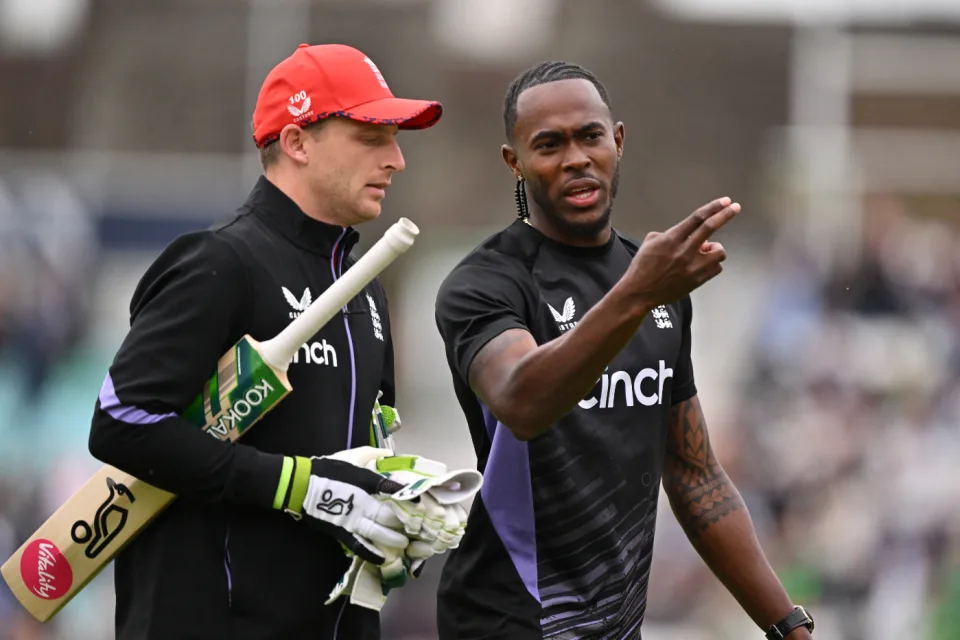
The first truly heavyweight clash of this expanded T20 World Cup format comes freighted with both history and subplots. A rematch of the 2010 World T20 final at Kensington Oval, the match pits Jos Buttler’s defending champions – who are aiming to become the first team to retain the trophy – against the Australian winning machine, victors at the 2021 edition and current world title-holders in Test and ODI cricket. And that’s before you throw in the Ashes for afters.
Already there is added pressure on England, after the rain in Bridgetown led to a share of the points in their opener against Scotland (and that having conceded 90 runs from 10 overs without taking a wicket in a tepid bowling display). Lose to their oldest rivals and it will leave their Super 8 prospects open to being waylaid by the perils of net run-rate calculations, or worse.
The Scotland match was the third abandonment in five suffered by England, after a rain-affected home series against Pakistan, which has clearly hampered their readiness for this campaign after almost six months without playing T20 together. It does not take much for a side to click in this format – and England looked in decent shape when they did get on the field against Pakistan – but Buttler will be anxious for things to go their way on Saturday, if only to avoid further questions referencing the team’s disastrous ODI World Cup defence last year.
Australia, under the laidback leadership of Mitchell Marsh would love nothing more than to add to the English sense of jeopardy – having helped bundle them out of the tournament in India on the way to taking the crown. Their head to head record is less impressive in T20 however, with England having won six of the last seven completed encounters, as well as that 2010 final.
Despite a wobble with the bat, Australia avoided mishap against Oman earlier in the week, the experience of David Warner and Marcus Stoinis shining through in difficult batting conditions. Surfaces in the Caribbean – not to mention those games staged in the USA – have already had teams scratching their heads; rather than the “slug-fest” England had prepared for, following a high-scoring tour of the Caribbean in December, it looks as if boxing smart may be the way to go.
Speaking of Warner, this could be the last time he faces up against England in national colours – and another match-winning contribution would likely reduce the chances of them meeting again in the knockouts. On the other side of the card is Jofra Archer, fresh from an emotional maiden outing at Kensington Oval and ready to take on Australia for the first time in any format since 2020. Can Mark Wood fire up England’s campaign, as he did during last summer’s Ashes? Will Pat Cummins be back to harass the old enemy once again? Seconds out, it’s almost time to rumble.
Cummins is set to return after being rested for the Oman game, which saw Mitchell Starc leave the field with cramp. Starc is understood to be fine and could keep his place – which would likely see Nathan Ellis miss out. Marsh is still not fit to bowl, with Australia likely to continue with the allrounder combination of Stoinis and Maxwell to give them cover.
Australia (probable XI): David Warner, Travis Head, Mitchell Marsh (capt), Glenn Maxwell, Marcus Stoinis, Josh Inglis (wk), Tim David, Pat Cummins, Nathan Ellis/Mitchell Starc, Adam Zampa, Josh Hazlewood
The one change England may consider is Reece Topley coming in for Wood, with the expectation that there will be some rotation among the seamers through the course of the tournament.
England (probable XI): Phil Salt, Jos Buttler (capt & wk), Will Jacks, Jonny Bairstow, Harry Brook, Liam Livingstone, Moeen Ali, Chris Jordan, Jofra Archer, Adil Rashid, Reece Topley/Mark Wood
[Cricinfo]
Sports
South Africa up against their bogey team in batter-unfriendly New York
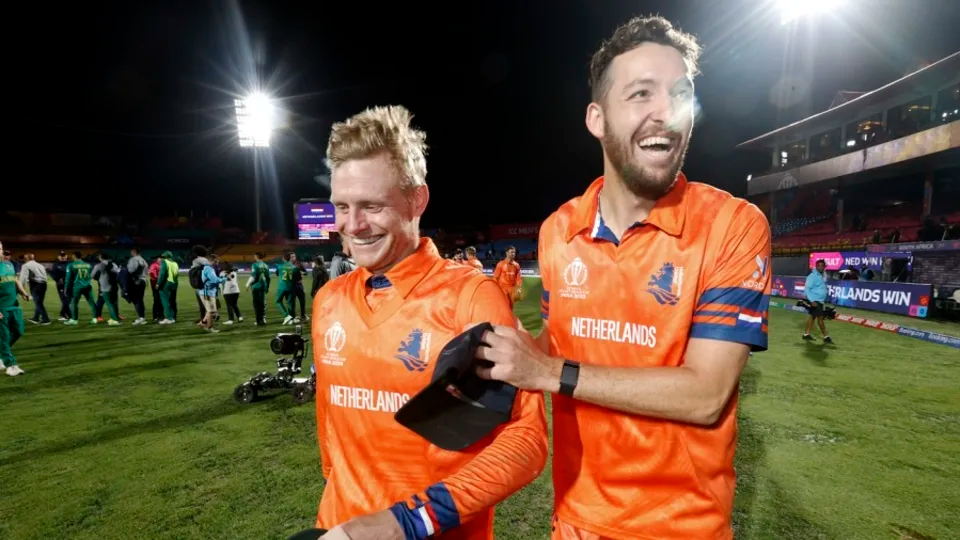
Once is coincidence, twice is a clue, and three times is proof.
To paraphrase Agatha Christie, that is the narrative around South Africa’s meeting with Netherlands at this T20 World Cup.
The Dutch beat South Africa at the 2022 tournament and ended their semi-final hopes in a match where South Africa appeared to be sleep walking, and then beat them again at the 2023 ODI World Cup, where they exposed South Africa’s vulnerability in the chase. If they to do the treble, not only will Netherlands take the lead in Group D, but they will offer conclusive evidence of the threat they pose to Full Members, especially South Africa.
Of course, it will take some doing after South Africa’s opening performance against Sri Lanka, where they reduced their opposition to their lowest T20I total and chased it down in fairly straightforward fashion thanks to the most stable middle-order of their white-ball era. In Aiden Markram, Tristan Stubbs, Heinrich Klaasen and David Miller, South Africa have bankers and big-hitters and, for this match, they also have the advantage of experience. They’ve already played at Eisenhower Park, and have first-hand knowledge that run-scoring doesn’t come easily;Klassen said they are prepared to use their “cricket brains” and play “smarter cricket”.
But the conditions could be good news for Netherlands, who are not naturally a line-up of big hitters and build their innings on a foundation of turning ones into twos. In other words, they tend to take a slightly more conservative approach to batting, which may work well here, but they’ll be wary of the uneven bounce of the surface and will have to come up with plans to counterattack especially against South Africa’s seamers. Their own bowlers were exemplary in Dallas and will look to build on that performance against a line-up that will likely be more proactive than Nepal’s, but who they have managed to keep quiet not once, but twice in the past. Third time’s the charm, they say.
Anrich Nortje’s stunning return to form against Sri Lanka means South Africa may not have to tinker with the bowling combination, and Gerald Coetzee and Tabraiz Shamsi may have to wait their turns to get a game. The batting line-up should be unchanged, with no space for Ryan Rickelton yet.
South Africa: Quinton de Kock (wk), Reeza Hendricks, Aiden Markam, Tristan Stubbs, Heinrich Klaasen (wk), David Miller, Marco Jansen, Keshav Maharaj, Kagiso Rabada, Ottneil Baartman, Anrich Nortje
Conditions in New York may tempt Netherlands to include an extra seamer and they have Kyle Klein in their squad. But it could come at the expense of a shortened batting line-up and they may not want to risk that.
Netherlands: Michael Levitt, Max O’Dowd, Vikramjit Singh, Sybrand Engelbrecht, Scott Edwards (capt, wk), Bas de Leede, Teja Nidamanuru, Logan van Beek, Tim Pringle, Paul van Meekeren, Vivian Kingma
[Cricinfo]
Latest News
Mustafizur, Rishad, Hridoy dazzle in Bangladesh’s tight two-wicket win over Sri Lanka
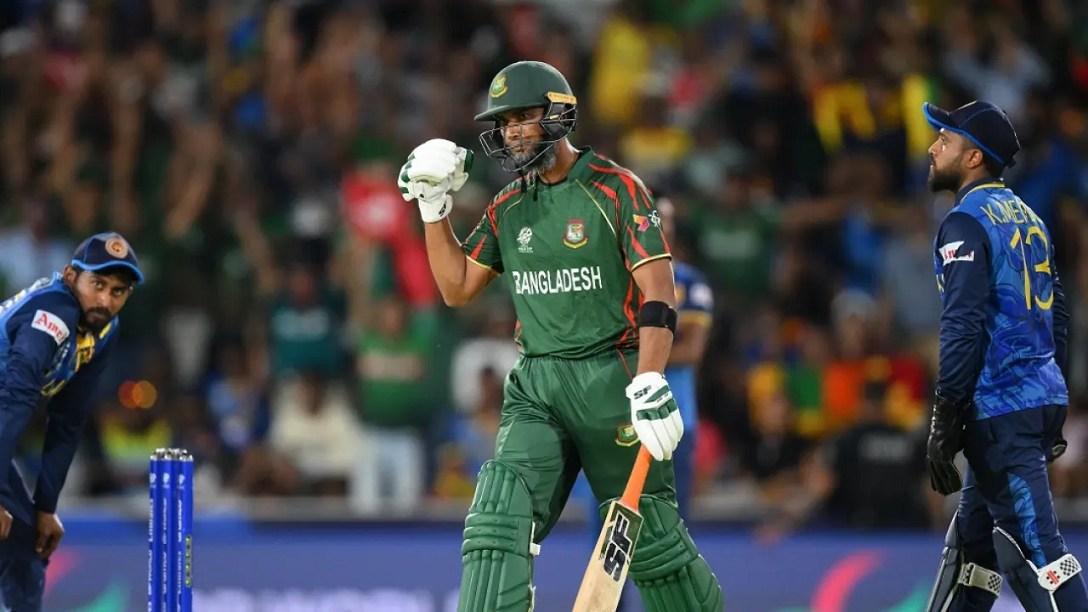
Nuwan Thushara’s last over brought Sri Lanka screaming back into the match,as he first bowled Rishad Hossain, and then nailed Taskin Ahmed in front of the stumps with a pinpoint swinging yorker. This left Bangladesh eight wickets down, with 12 runs still to get.
However, the experienced Mahmudullah was at the crease for Bangladesh, and despite some further nervy moments, pushed Bangladesh across the line off the last ball of the 19th over.
But this was a match chiefly decided by Bangladesh’s own outstanding bowling. Mustafizur Rahman was the best among them, using shorter lengths and his cutters efficiently, to claim figures of 3 for 17. Rishad Hossain’s three-for through the middle overs also kept Sri Lanka quiet.
Mustafizur was instrumental in Sri Lanka’s downward spiral through the middle overs, which culminated in a crash-and-burn end. Ultimately, their inability to find boundaries, or even rotate strike against good Bangladesh bowling resulted in their downfall. A score of 125 for 9 always seemed poor on a decent pitch, even if their bowlers made a match of it in the end.
Brief scores:
Bangladesh 125 for 8 in 19 overs (Towhid Hridoy 40, Litton Das 36; Dhanajaya de Silva 1-11, Nuwan Thushara 4-18, Wanidu Hasaranga 2-32, Matheesha Pathirana 1-27) beat Sri Lanka124 for 9 in 20 overs (Pathum Nissanka 47, Dhananjaya de Silva 21; Tanzim Hasan Sakib 1-24, Taskin Ahmed 2-25, Mustafizur Rahman 3-17, Rishad Hossain 3-22) by two wickets
[Cricinfo]




